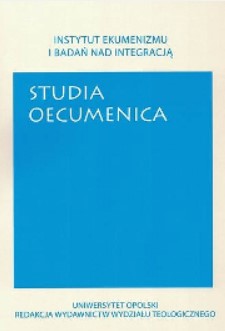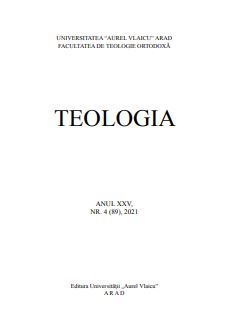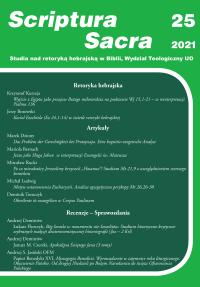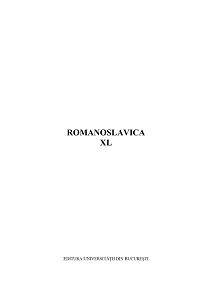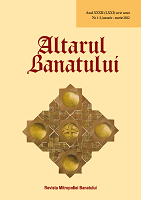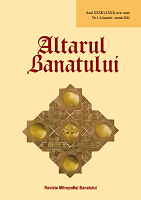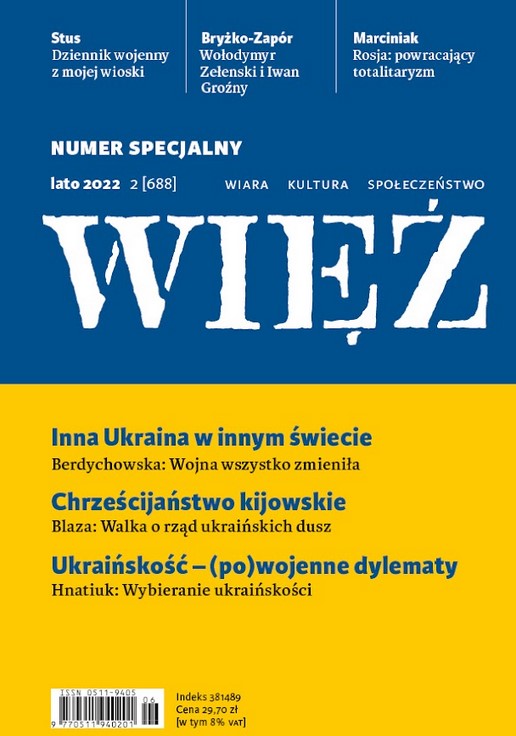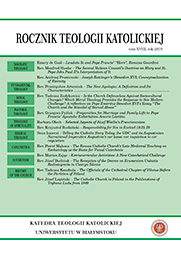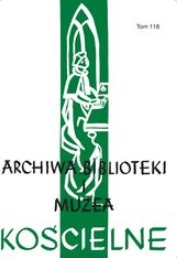
PRASA KATOLICKA W KRÓLESTWIE POLSKIM W LATACH 1905-1914 WOBEC IDEI NOWOCZESNEJ OŚWIATY I OBYWATELSTWA
The Catholic press in the Kingdom of Poland at the beginning of the 20th century covered the situation of the Church in the changing social reality and discussed and critically commented on Western concepts of modernisation. Publicists searched for ways of shaping modern society and the defining the role of the Church in this process that suited domestic conditions. The discourse on modernity addressed issues of education and citizenship, among others. Magazines addressed mainly to the clergy and published over a longer period of time were used as representative subjects in the study, including Przegląd Katolicki, Ateneum Kapłańskie, Wiadomości Pasterskie, Kronika Diecezji Kujawsko- Kaliskiej, Kronika Diecezji Sandomierskiej, Przegląd Diecezjalny w Kielcach and Wiadomości Archidiecezjalne Warszawskie. They promoted contemporary knowledge about the ways in which the Church supports school and extracurricular education, and pointed out the symbiotic relationship between the education of the younger generations and the consolidation of religious values, the shaping of civic attitudes and concern for the ethical dimension of the social community. The article adopts a research strategy based on the social conception of the history of education. Methods of historical and pedagogical research and of press discourse analysis were applied. The formal and editorial issues of the periodicals are briefly discussed, focussing primarily on educational and civic issues as they appeared in the Catholic social press after 1905 and on the problems of extracurricular education.
More...
